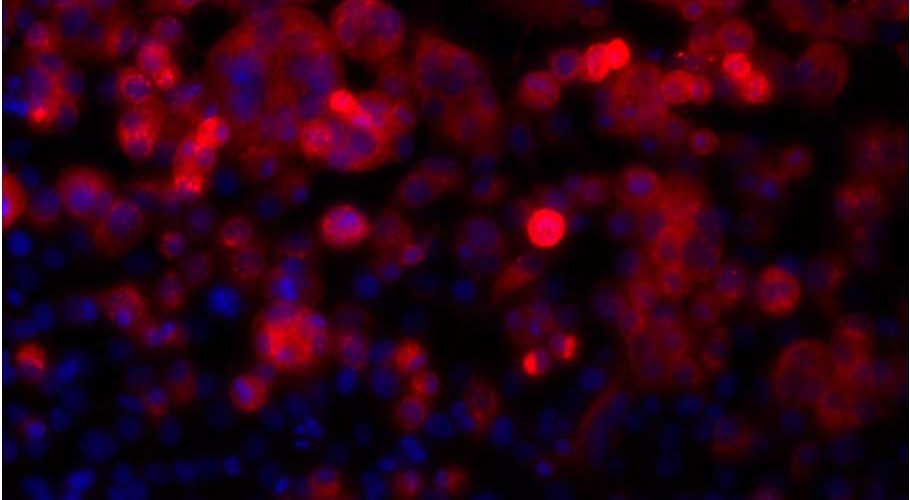Context Specificity in Causal Signaling Networks Revealed by Phosphoprotein Profiling
Our next meeting will be at 2:30 on August 4th, in room 4160 of the Discovery building. Our Selected paper is Context Specificity in Causal Signaling Networks Revealed by Phosphoprotein Profiling.
The abstract is as follows.
Signaling networks downstream of receptor tyrosine kinases are among the most extensively studied biological networks, but new approaches are needed to elucidate causal relationships between network components and understand how such relationships are influenced by biological context and disease. Here, we investigate the context specificity of signaling networks within a causal conceptual framework using reverse-phase protein array time-course assays and network analysis approaches. We focus on a well-defined set of signaling proteins profiled under inhibition with five kinase inhibitors in 32 contexts: four breast cancer cell lines (MCF7, UACC812, BT20, and BT549) under eight stimulus conditions. The data, spanning multiple pathways and comprising ~70,000 phosphoprotein and ~260,000 protein measurements, provide a wealth of testable, context-specific hypotheses, several of which we experimentally validate. Furthermore, the data provide a unique resource for computational methods development, permitting empirical assessment of causal network learning in a complex, mammalian setting.
We welcome all who can join us for this discussion. Feel free to begin that discussion in the comments section below.




